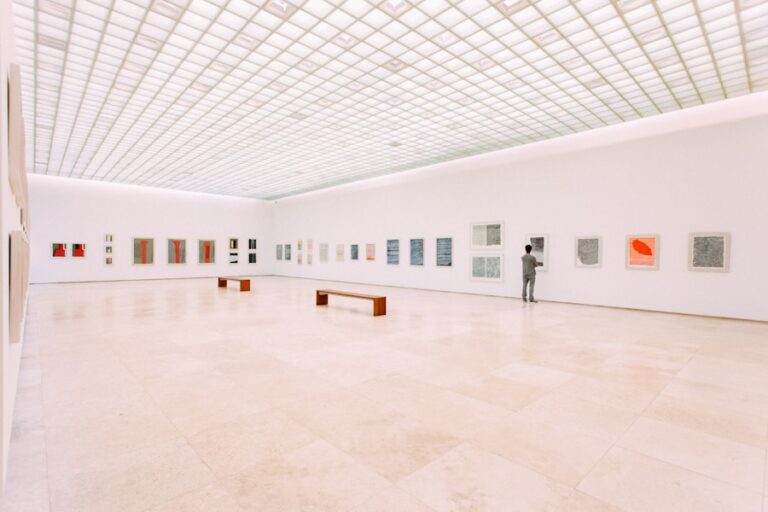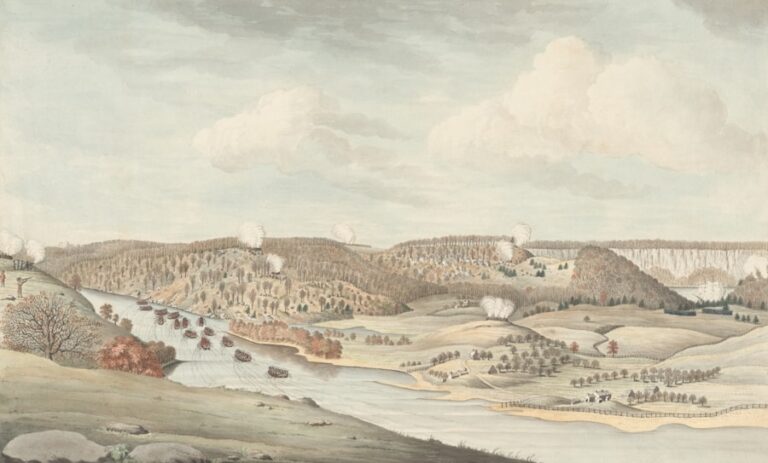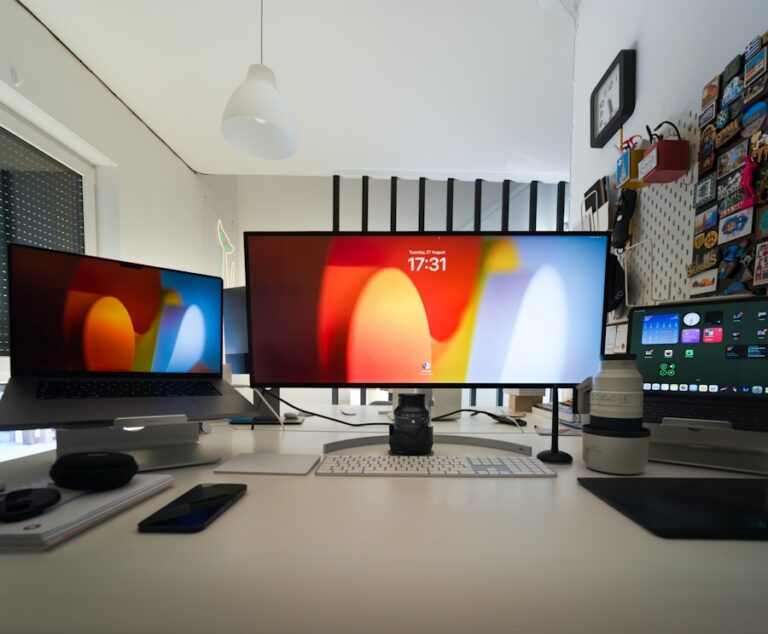Mastering the Tools: A Beginner’s Guide to Digital Art and Graphic Design
Digital art and graphic design are two closely related fields that involve creating visual content using digital tools and techniques. Digital art encompasses a wide range of artistic styles and mediums, including digital painting, illustration, and photo manipulation. Graphic design, on the other hand, focuses on creating visual communication and solving problems through the use of typography, imagery, and layout.
In digital art, artists use digital tools such as drawing tablets, styluses, and software programs to create their work. This allows for greater flexibility and control over the creative process, as artists can easily undo mistakes, experiment with different techniques, and work in layers. Graphic designers, on the other hand, use digital tools to create logos, branding materials, advertisements, and other visual content for businesses and organizations.
Both digital art and graphic design require a strong understanding of composition, color theory, and visual communication. Artists and designers must also be familiar with the technical aspects of digital tools and software in order to create high-quality work. Overall, digital art and graphic design are dynamic and evolving fields that offer endless possibilities for creative expression and visual communication.
Choosing the Right Software and Tools
When it comes to digital art and graphic design, choosing the right software and tools is crucial for creating high-quality work. There are a wide variety of software programs available for digital art and graphic design, each with its own unique features and capabilities. Some popular options for digital art include Adobe Photoshop, Corel Painter, and Procreate, while graphic designers often use programs like Adobe Illustrator, InDesign, and Sketch.
In addition to software, artists and designers also need the right tools to create their work. This may include drawing tablets, styluses, and other input devices that allow for precise control and natural drawing movements. It’s important to research and experiment with different software and tools to find the ones that best suit your individual style and workflow. Ultimately, the right software and tools can make a significant impact on the quality and efficiency of your digital art and graphic design projects.
Learning the Fundamentals of Composition and Color Theory
Composition and color theory are fundamental aspects of both digital art and graphic design. Composition refers to the arrangement of visual elements within a piece of artwork or design, while color theory explores the principles of color mixing and harmony. Understanding these fundamentals is essential for creating visually appealing and effective work.
In digital art, composition plays a crucial role in guiding the viewer’s eye and creating a sense of balance and harmony within the artwork. Artists must consider factors such as focal points, leading lines, and negative space when composing their pieces. Similarly, graphic designers use composition to organize information and create visual hierarchy in their designs.
Color theory is equally important in digital art and graphic design. Artists use color to evoke emotion, create depth, and establish mood within their work. Graphic designers use color to convey brand identity, communicate messages, and create visual impact. Understanding the principles of color theory, such as color harmony, contrast, and saturation, allows artists and designers to make informed decisions about color usage in their work.
Exploring Different Digital Art and Graphic Design Styles
Digital art and graphic design encompass a wide range of styles and aesthetics, each with its own unique characteristics and techniques. In digital art, artists may explore styles such as realism, surrealism, abstract art, or comic book illustration. Each style requires different technical skills and creative approaches, allowing artists to experiment with different visual languages.
Similarly, graphic designers may work in styles such as minimalism, vintage, retro, or modernist design. Each style has its own set of visual principles and conventions that can be used to communicate different messages or evoke specific emotions. By exploring different styles, artists and designers can expand their creative repertoire and develop a diverse portfolio of work.
Ultimately, exploring different styles in digital art and graphic design allows artists and designers to find their own unique voice and aesthetic. It also enables them to adapt to different client needs and project requirements, making them more versatile and adaptable in their creative practice.
Utilizing Digital Brushes and Textures
Digital brushes and textures are essential tools for creating expressive and dynamic artwork in digital art and graphic design. In digital art, artists use a variety of brushes to mimic traditional painting techniques such as oil painting, watercolor, or charcoal drawing. These brushes allow for a wide range of mark-making possibilities, from smooth blending to textured impasto effects.
Similarly, graphic designers use textures to add depth and visual interest to their designs. Textures can be used to create backgrounds, add tactile elements to typography, or simulate real-world materials such as wood or metal. By utilizing digital brushes and textures, artists and designers can add richness and complexity to their work that goes beyond what is possible with flat colors or clean lines.
Experimenting with different brushes and textures allows artists and designers to develop their own unique visual language and style. It also enables them to create more immersive and engaging artwork that resonates with viewers on a deeper level.
Mastering Typography and Layout Design
Typography and layout design are essential skills for graphic designers who work with text-based content such as logos, advertisements, or editorial layouts. Typography refers to the art of arranging typefaces in a visually appealing and communicative way, while layout design involves organizing visual elements within a given space to create a cohesive composition.
In typography, designers must consider factors such as font choice, hierarchy, spacing, and legibility in order to effectively communicate a message through text. Similarly, layout design requires an understanding of grid systems, visual flow, balance, and proportion in order to create visually appealing compositions that guide the viewer’s eye.
Mastering typography and layout design allows graphic designers to create professional-looking designs that effectively communicate their intended message. It also enables them to work with text-based content in a way that is visually engaging and impactful.
Tips for Creating Professional-looking Digital Art and Graphic Design Pieces
Creating professional-looking digital art and graphic design pieces requires attention to detail, technical skill, creativity, and an understanding of visual communication principles. Here are some tips for creating high-quality work in these fields:
1. Plan your work: Before starting a project, take the time to plan out your composition, color palette, typography choices, or any other visual elements you will be using.
2. Pay attention to detail: Small details can make a big difference in the overall quality of your work. Take the time to refine your compositions, adjust color values, or fine-tune typography until it looks just right.
3. Stay organized: Keep your files well-organized by using layers, folders, naming conventions, or any other system that works for you. This will make it easier to make changes or revisions later on.
4. Seek feedback: Don’t be afraid to ask for feedback from peers or mentors. Getting an outside perspective can help you identify areas for improvement that you may not have noticed on your own.
5. Practice regularly: Like any skill, digital art and graphic design require regular practice in order to improve. Set aside time each day or week to work on personal projects or exercises that challenge you creatively.
By following these tips and continuing to develop your skills as an artist or designer, you can create professional-looking digital art and graphic design pieces that stand out in a competitive market.
In conclusion, digital art and graphic design are dynamic fields that offer endless possibilities for creative expression and visual communication. By understanding the basics of these disciplines, choosing the right software and tools, learning composition and color theory fundamentals, exploring different styles, utilizing digital brushes and textures, mastering typography and layout design, as well as following tips for creating professional-looking pieces; artists and designers can create high-quality work that resonates with viewers on a deeper level. With dedication, practice, and a willingness to experiment with new techniques; anyone can develop their skills in digital art and graphic design to create impactful visual content that communicates effectively with its audience.






